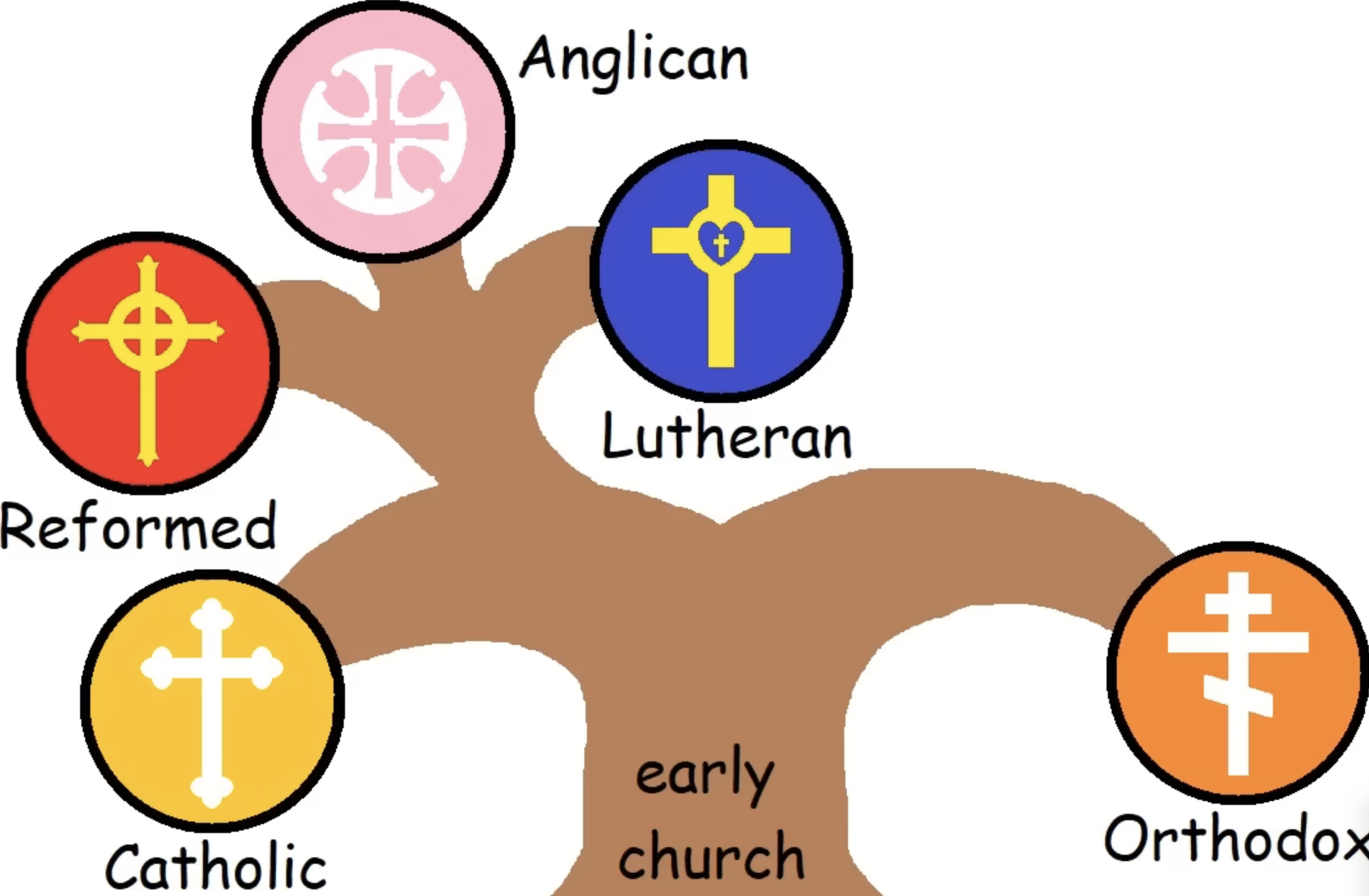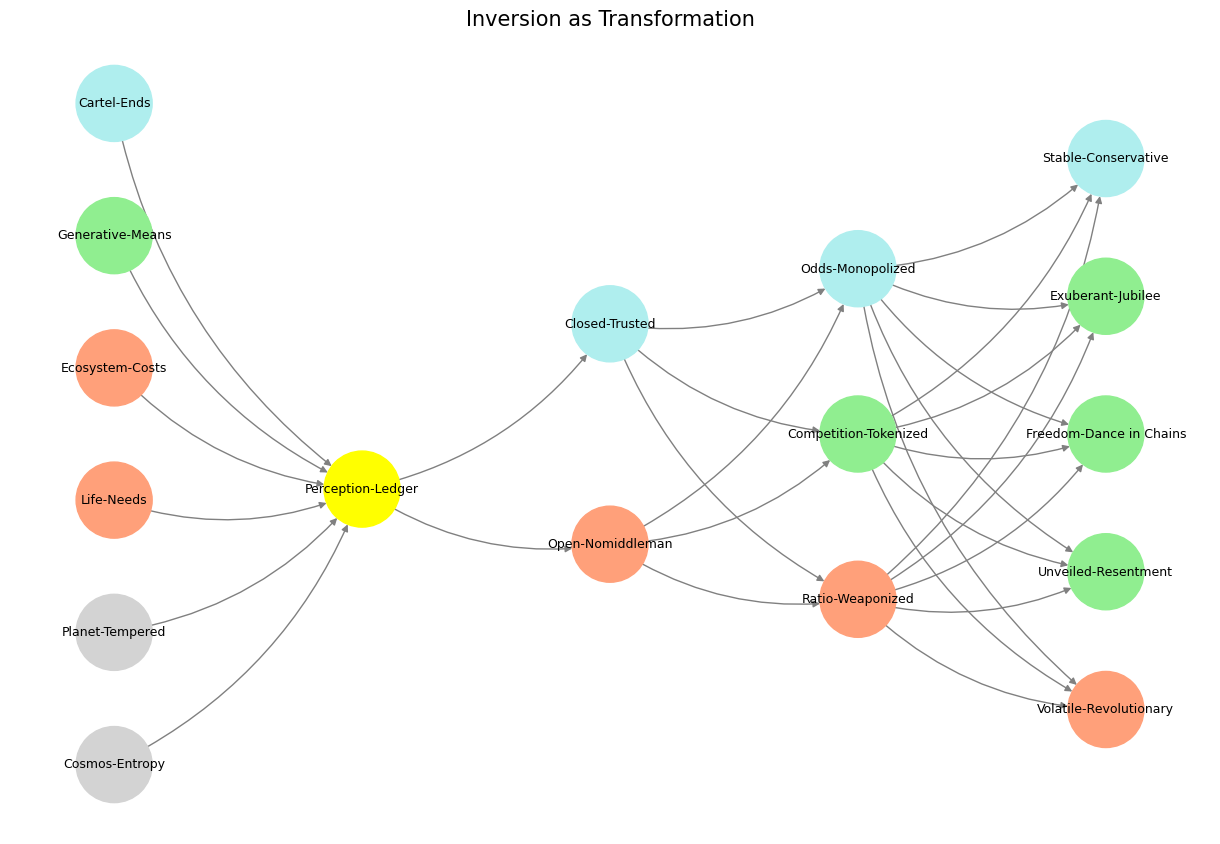Woo’d 🗡️❤️💰#
Sam Bankman-Fried’s rise and fall are a masterclass in the art of perception, manipulation, and the dissonance between image and reality. With his disheveled hair, cargo shorts, and an unassuming demeanor, he crafted a persona designed to evoke trust and relatability while operating within systems as complex and opaque as the biblical narratives of Jacob and Esau. The key to understanding his trajectory lies not in the gimmicks themselves—nerdy charm, Bahamas compounds, or philanthropy—but in how these elements were tokenized to serve his broader ambitions.

Fig. 8 What Exactly Is It About? Might it be about fixed odds, pattern recognition, leveraged agency, curtailed agency, or spoils for further play? Grants certainly are part of the spoils for further play. And perhaps bits of the other stuff.#
The cargo shorts weren’t just a fashion choice; they were an intentional signal, a subtle way to telegraph, “I’m too busy solving the world’s problems to care about appearances.” It was a calculated gamble to position himself as the anti-Wall Street figure: approachable, brilliant, and altruistic. This cultivated image distracted from the more adversarial mechanisms at play behind the scenes. Like Jacob, who weaponized cunning to manipulate birthrights and blessings, Bankman-Fried weaponized his persona to bypass scrutiny, bending societal systems to his advantage.
His philanthropy, too, became a token—a façade to mask the exploitation underneath. By championing effective altruism, he transformed his actions into moral currency, reinforcing the illusion of a higher calling. But just as Esau traded his birthright for immediate gratification, those who bought into Bankman-Fried’s vision placed their trust in a system that was ultimately hollow, a mirage built on unstable foundations.
Even the Bahamas compound, with its hints of decadence, reflected a modern iteration of Jacob’s physical manifestation of success. It was both a fortress of control and a symbol of the detachment between his image and the reality of his operations. Yet, unlike Jacob, whose legacy endured, Bankman-Fried’s carefully constructed world collapsed under the weight of its contradictions. The very tokens he used—image, rhetoric, and trust—were recontextualized as instruments of deceit.
In the end, Bankman-Fried’s story isn’t just about cargo shorts or nerdy hair. It’s a tale of how modern figures can manipulate perception and systems to ascend, only to be undone by the same forces they once controlled. The gimmicks might fade, but the dynamics they represent—creation, manipulation, and collapse—are timeless.
Show code cell source
import numpy as np
import matplotlib.pyplot as plt
import networkx as nx
# Define the neural network fractal
def define_layers():
return {
'World': ['Cosmos-Entropy', 'Planet-Tempered', 'Life-Needs', 'Ecosystem-Costs', 'Generative-Means', 'Cartel-Ends', ], # Polytheism, Olympus, Kingdom
'Perception': ['Perception-Ledger'], # God, Judgement Day, Key
'Agency': ['Open-Nomiddleman', 'Closed-Trusted'], # Evil & Good
'Generative': ['Ratio-Weaponized', 'Competition-Tokenized', 'Odds-Monopolized'], # Dynamics, Compromises
'Physical': ['Volatile-Revolutionary', 'Unveiled-Resentment', 'Freedom-Dance in Chains', 'Exuberant-Jubilee', 'Stable-Conservative'] # Values
}
# Assign colors to nodes
def assign_colors():
color_map = {
'yellow': ['Perception-Ledger'],
'paleturquoise': ['Cartel-Ends', 'Closed-Trusted', 'Odds-Monopolized', 'Stable-Conservative'],
'lightgreen': ['Generative-Means', 'Competition-Tokenized', 'Exuberant-Jubilee', 'Freedom-Dance in Chains', 'Unveiled-Resentment'],
'lightsalmon': [
'Life-Needs', 'Ecosystem-Costs', 'Open-Nomiddleman', # Ecosystem = Red Queen = Prometheus = Sacrifice
'Ratio-Weaponized', 'Volatile-Revolutionary'
],
}
return {node: color for color, nodes in color_map.items() for node in nodes}
# Calculate positions for nodes
def calculate_positions(layer, x_offset):
y_positions = np.linspace(-len(layer) / 2, len(layer) / 2, len(layer))
return [(x_offset, y) for y in y_positions]
# Create and visualize the neural network graph
def visualize_nn():
layers = define_layers()
colors = assign_colors()
G = nx.DiGraph()
pos = {}
node_colors = []
# Add nodes and assign positions
for i, (layer_name, nodes) in enumerate(layers.items()):
positions = calculate_positions(nodes, x_offset=i * 2)
for node, position in zip(nodes, positions):
G.add_node(node, layer=layer_name)
pos[node] = position
node_colors.append(colors.get(node, 'lightgray')) # Default color fallback
# Add edges (automated for consecutive layers)
layer_names = list(layers.keys())
for i in range(len(layer_names) - 1):
source_layer, target_layer = layer_names[i], layer_names[i + 1]
for source in layers[source_layer]:
for target in layers[target_layer]:
G.add_edge(source, target)
# Draw the graph
plt.figure(figsize=(12, 8))
nx.draw(
G, pos, with_labels=True, node_color=node_colors, edge_color='gray',
node_size=3000, font_size=9, connectionstyle="arc3,rad=0.2"
)
plt.title("Inversion as Transformation", fontsize=15)
plt.show()
# Run the visualization
visualize_nn()


Fig. 9 This is an updated version of the script with annotations tying the neural network layers, colors, and nodes to specific moments in Vita è Bella, enhancing the connection to the film’s narrative and themes:#

